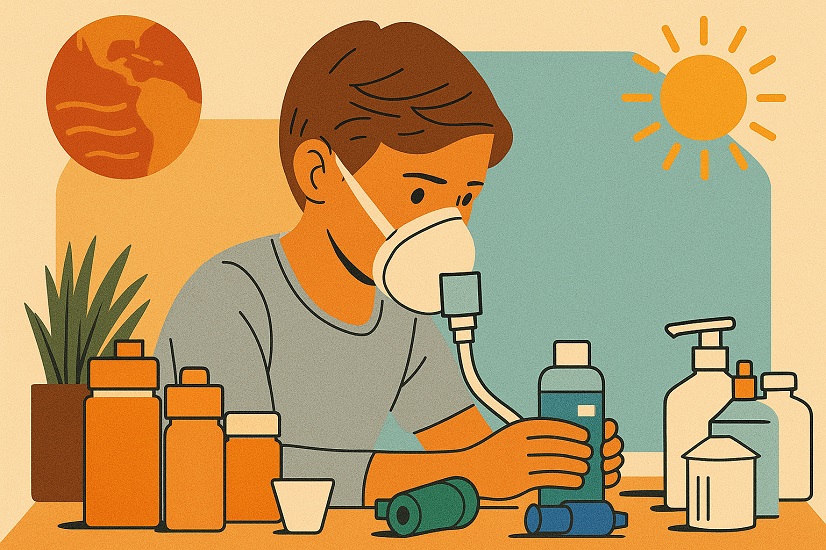A natural phenomena known as El Niño occurs when the Pacific Ocean surface water warms. It alters weather worldwide. El Niño is commonly associated to weather occurrences such as droughts, storms, and temperature shifts. It also impacts health greatly. El Niño impacts human health in several ways. It lowers air quality, makes food scarce, and spreads easy-to-catch diseases. These effects must be known so communities and health care systems can prepare.
Changes in Temperature and Heat-Related Illnesses
Increased global temperatures are a direct consequence of El Niño. When El Niño is powerful, heat waves increase in frequency and size. Kids, the elderly, and outdoor workers can lose water, feel weary, and develop heatstroke during this heat wave.
As temperatures rise, more people get sick, straining health care systems. Tropical heat and humidity are considerably more harmful. Breathing and heart problems often get worse.
Influence on Vector-Borne Diseases
The El Niño influence alters rainfall patterns, affecting mosquitoes and other disease-carrying insects. Mosquitoes can lay eggs in quiet water after heavy rain. This can cause dengue, malaria, and Zika. During droughts, people store water in open containers, which mosquitoes use to lay their eggs.
Warmer weather increases viral growth in mosquitoes. Thus, mosquitoes die faster. This accelerates disease spread and enters new areas. El Niño has led to an increase in dengue disease cases in South America and Southeast Asia.
Impact on Food and Water Security
Dry weather during El Niño can damage crops, resulting in low yields and food shortages. Low crop yields raise food prices, degrade nutrition, and harm health. However, flooding and excessive rain can damage fields, pollute water, and promote germ growth.
In poor countries with few toilets, cholera, typhoid, and diarrhea are more likely to spread due to unsafe food and water. Without proper nutrition and care, your defenses weaken. Even in better weather, this increases illness risk.
Worsening Air Quality and Respiratory Issues
Forest fires happen more often during El Niño years because it is dry. This makes the air dirty with smoke and other pollution. These kinds of pollutants make the air quality worse and can cause lung illnesses like COPD, asthma, and constant coughing. A lot of people are in danger even when they are not near fires because the haze can spread across countries.
Conclusion
El Niño affects health in a lot of different ways. It has the power to change the spread of diseases, food habits, air quality, and even mental health. As climate change gets worse, El Niño events are likely to happen more often and be stronger. This makes these health risks even worse. Communities, experts, and governments must work together to make early warning systems better, public health systems stronger, and more people aware. Understanding the connection between weather and health is the first thing that can be done to make people less vulnerable to El Niño’s many affects.




